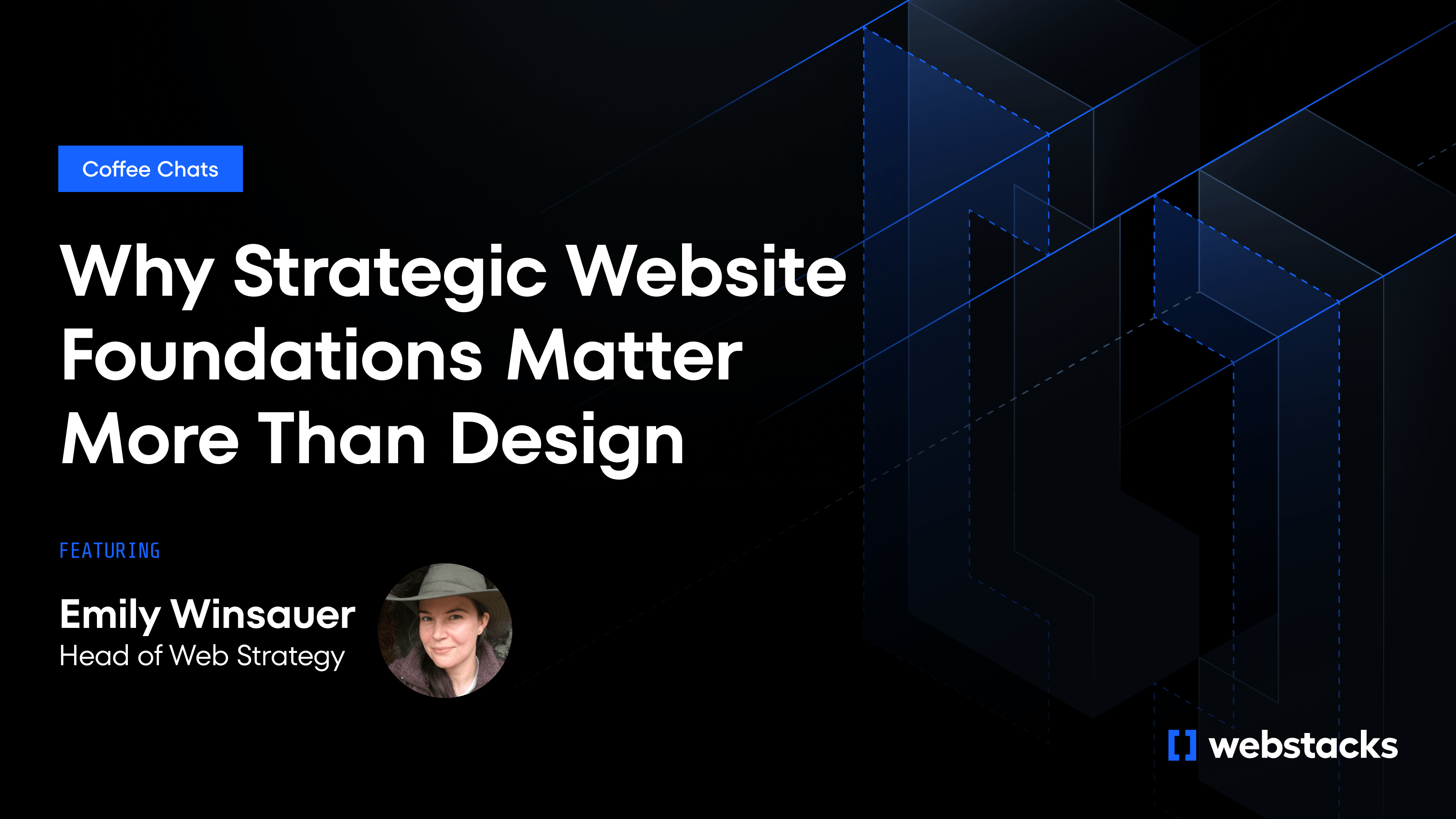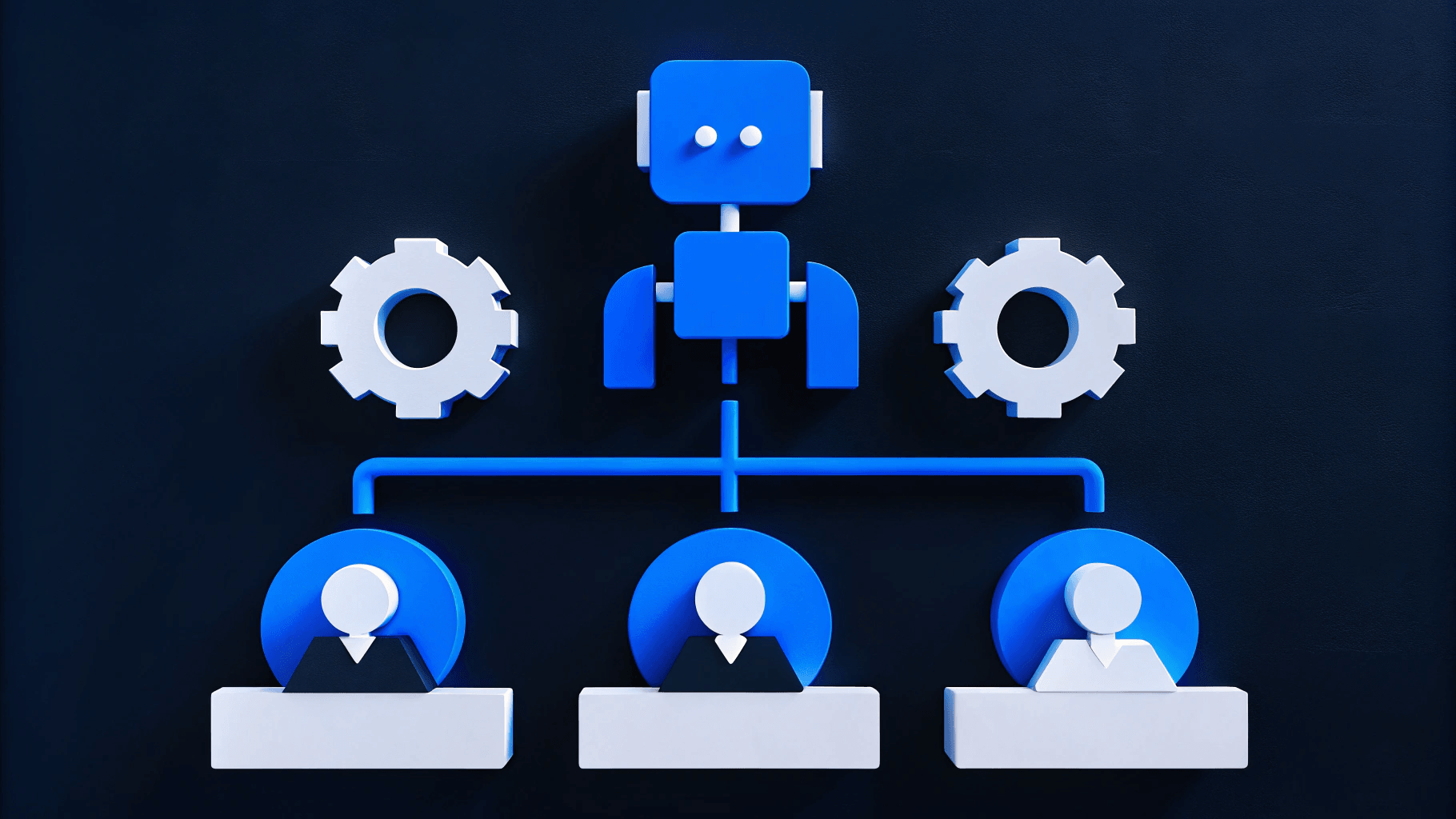Teams still running on Drupal often face the same set of problems: slow updates, clunky editor workflows, and rising maintenance costs. Whether it’s Drupal 7 or a more recent version, many organizations are starting to rethink their CMS strategy altogether.
Headless platforms are becoming the go-to replacement because they provide marketers with more control and developers with more flexibility. Faster publishing, easier integrations, and lower overhead are just a few of their advantages.
This guide walks through the top alternatives to Drupal, helping you choose a headless CMS that empowers your team to do their best work.

Why Teams Leave Drupal
Since January 2025, Drupal 7 is officially out of support. Which means sites still on it are now exposed to security risks and compliance issues, or forced to upgrade to a new version of Drupal. Upgrading to a new version doesn’t sound so bad in theory, but in practice, it quickly becomes a major hurdle for organizations.
Upgrading to a newer version of Drupal usually means starting over. You have to rebuild content models, redesign components, and retest every integration. It’s essentially a full site rebuild, both in effort and cost. For many teams, that’s the moment to consider other CMS options.
Drupal also slows down publishing and updates. Simple edits or new landing pages often require developer help. The editor interface is form-based, with no visual preview, which makes publishing harder for non-technical users, requiring cross-functional support that causes constant delays.
When you combine the lack of support, security risks, technical overhead, and publishing delays, it’s clear why many teams are moving to faster, more flexible platforms.
What to Look for in a Modern Headless CMS
Before jumping ship, identify what both your marketing and tech teams absolutely need. A good headless CMS speeds up publishing, keeps costs predictable, and works with new channels you haven't even thought of yet.
Some of the essential CMS features you should look for are:
- Structured content modeling: Your CMS should support clear, consistent content types with defined relationships. This keeps content reusable, scalable, and easy to manage.
- Composable and modular design: Opt for a platform that uses flexible components instead of rigid templates. This helps teams update layouts and build new pages without starting from scratch.
- Scalable localization: Multilingual support should be built in. You need the ability to manage translations without duplicating content or relying on external tools.
- API-first: Every piece of content should be accessible via APIs. This makes it easy to connect your CMS to any frontend, service, or channel.
- Fast implementation and extensibility: Look for strong documentation, open APIs, and a robust ecosystem. These enable fast initial setup and make it easy to evolve your stack.
- Strong content editor UX: Editors need real-time previews, visual editing, and the ability to publish without waiting on developers.
- Headless architecture: The CMS should completely separate content from presentation, giving your team full control over delivery across channels and devices.
Category Winners: The Best Headless Drupal Alternatives
Based on these criteria, four platforms stand out, each excelling for different priorities.
Storyblok — Best for Visual Editing and Marketer Velocity
No more guessing how your content will look. Storyblok shows you a live preview as you type, so campaigns go from draft to published faster. One customer reports content workflows running 3x faster after switching, with a 582% ROI and payback in less than six months.
Behind the editor is a cloud-native, ISO 27001-certified platform that scales automatically with no extra technical work. Every component is delivered through clean APIs, so you can send the same content to React, Vue, native apps, or IoT screens without reformatting.
This balance of marketing freedom and developer flexibility makes Storyblok ideal for mid-market teams who publish daily without technical bottlenecks.
Sanity — Best for Developer Control and Custom Workflows
Sanity gives your team full control over how content is modeled, edited, and delivered. Its open-source Studio is fully customizable in code, so you can define exactly how editors interact with content—field layouts, custom inputs, even live previews.
The real-time Content Lake enables instant and collaborative updates. Its GROQ query language is built for flexibility, and you can ship content to any front-end via APIs. Sanity works especially well for teams that want a CMS that feels like part of their app, not a separate tool.
Choose Sanity when your dev team needs maximum flexibility and you’re building a highly tailored content workflow from the ground up.
Contentful — Best for Scalable Teams and Multi-Channel Publishing
Contentful is built to scale with structured content and repeatable workflows. Its clean UI and role-based access controls make it easy for large teams to manage content without stepping on each other’s toes. Editors get channel-agnostic previews, and developers get REST and GraphQL APIs to deliver content wherever it’s needed.
Its App Framework and marketplace cover common use cases like localization, e-commerce, and analytics—without needing heavy customization. Enterprise teams also get uptime SLAs, audit logs, and advanced permissions.
Use Contentful when you need a platform that supports multiple teams, languages, and channels—without sacrificing reliability or performance.
Strapi — Best Open-Source Flexibility and Developer Control
Strapi gives your developers complete freedom. It's fully open-source and JavaScript-based, letting you model any content type, add custom plugins, and deploy wherever you want - your own servers or preferred cloud.
The community plugin marketplace is smaller than WordPress, but it grows quickly thanks to active development on GitHub.
Strapi is purely headless, so editors work in a clean but non-visual interface. Marketing teams who rely on drag-and-drop layouts will need extra tools. Developer-focused organizations that want full code control and hate vendor lock-in often choose this path.
These platforms cover everything from marketing-focused speed to enterprise personalization and developer control. Match their strengths to your priorities to avoid the rebuild cycle that sends many users back to square one.

Why We Favor Sanity
Sanity offers unmatched flexibility for teams that want full control over their content workflows. Developers get a highly customizable, API-first platform that fits any modern stack. Marketers benefit from structured content, real-time collaboration, and custom editorial tools built exactly for their needs.
Unlike rigid CMS platforms, Sanity’s Studio is open source and fully configurable in code. You can tailor the editing experience, build in live previews, and define components that match your design system, without fighting the platform.
The backend is powered by Sanity’s real-time Content Lake, which scales automatically and keeps everything in sync without manual refreshes or delays. Whether you're working on a marketing site, documentation hub, or global content network, Sanity keeps publishing fast and dependable.
It also offers flexible deployment options. You can run fully in the cloud or use enterprise-grade self-hosting when control and compliance matter. Its growing ecosystem of plugins, integrations, and frameworks (like Next.js, Astro, and Remix) makes it easy to connect your stack end-to-end.
For teams that need a future-proof CMS with developer agility and content team autonomy, Sanity hits the right balance.
Use Webstacks to Turn Your Next CMS into Growth Infrastructure
We see websites differently at Webstacks: not as collections of pages, but as engines for growth. This perspective shapes how we handle CMS migrations and deliver strategic advantages.
We build with composable architecture, keeping every part of your CMS ecosystem flexible and ready for future needs. This approach anticipates changes in business strategy or technology, letting you scale or integrate new tools seamlessly.
Our phased launch approach minimizes disruption during website migration, allowing incremental improvements that reduce risk and enhance user experience throughout the process.
Strong governance frameworks aren't just about keeping things organized; they support long-term success by monitoring usage, optimizing content, and maintaining efficient operations. This approach transforms your CMS from a simple tool into an evolving asset supporting your organization's goals.
We treat websites as products, complete with component systems, governance models, and feedback loops. This comprehensive view helps you build functional websites with foundations for sustained growth and adaptability. Ask us about a phased, low-risk migration plan that turns your next CMS into true growth infrastructure.




